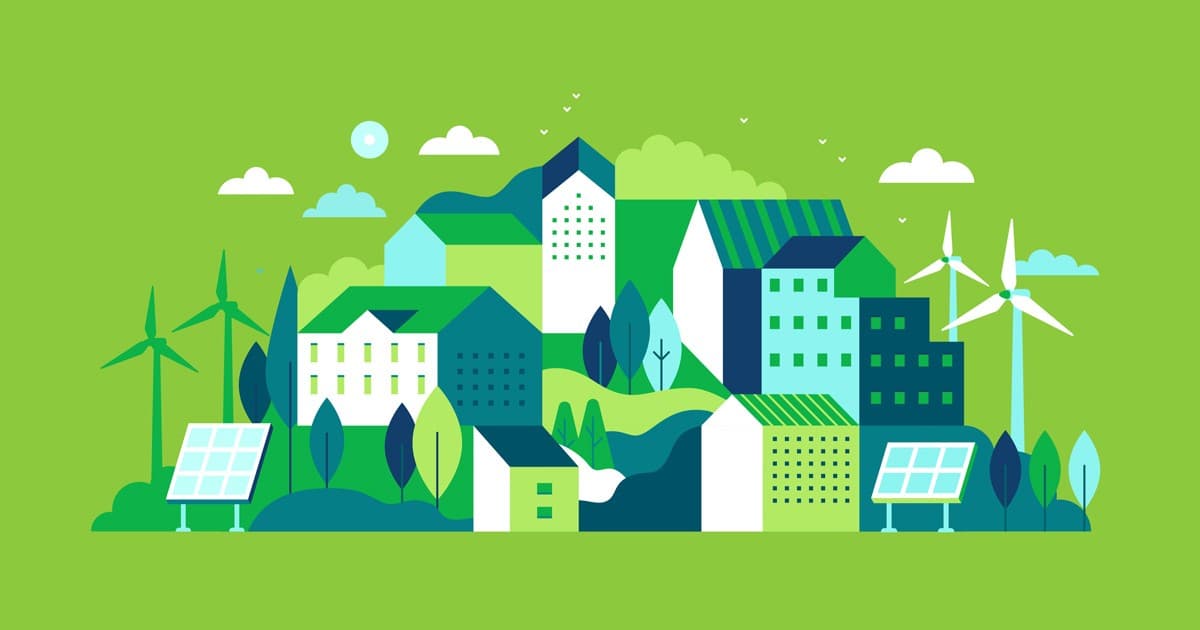Embodied carbon is responsible for a significant share of Australia’s greenhouse gas emissions — and unlike operational emissions, which occur gradually, embodied emissions happen upfront. That means reducing them delivers immediate climate impact, a critical advantage as we race toward net zero.
With Australia targeting a 40% annual increase in housing supply between 2024 and 2029, emissions from construction are set to rise. In response, embodied carbon is becoming a priority across policies and programs:
Green Star and NABERS now mandate reductions in upfront carbon (A1–A5).
ASIC requires developers to report Scope 3 emissions, which include embodied carbon.
And in NSW, embodied carbon reduction is now a prerequisite for design approval.
In principle, assessing embodied carbon is straightforward — it’s about quantifying emissions over a building’s lifecycle. But in practice, it’s a time- and labour-intensive task. Each project requires mapping hundreds of line-items to material categories, ensuring unit consistency, finding the right emissions data, and applying assumptions across complex scenarios.
Take a typical low-rise residential project: with 600+ line items, it could take a consultant up to 32 hours (4 full working days) to deliver just one iteration. If design changes are made — as they often are — two or three more rounds may follow, dragging the process out for weeks.
This complexity is becoming a bottleneck. Despite embodied carbon being a compliance must-have, many teams are forced to cut corners or delay assessments due to time and budget constraints. That not only weakens our decarbonisation efforts, but also creates friction across the industry, especially as carbon reporting obligations grow.
To truly scale low-carbon design, we need smarter, faster tools that make embodied carbon assessment more accessible and cost-effective. Without them, the path to net zero could be slower, more expensive, and far less effective than we can afford.





